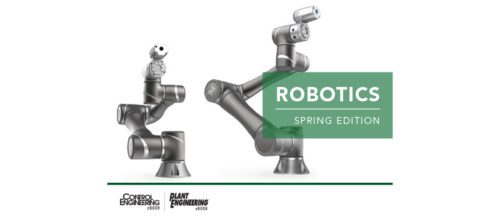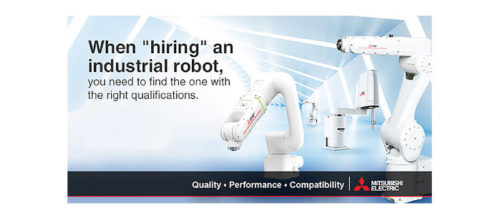Benefits of adding exoskeletons to supply chains
Workers and companies receive increased safety and productivity by using exoskeletons for supply chain operations.
Factories, warehouses, and distribution centers are adding exoskeletons to their operations. Both workers and companies using the devices will benefit from the increased safety and productivity.
Exoskeletons are wearable devices placed on the user’s body to augment, reinforce, or restore human performance. Materials range from metal and carbon to fiber, soft, and elastic parts. Exoskeletons help prevent musculoskeletal disorders in workers that cost companies billions each year. Factory workers who use exoskeletons have less back and shoulder pain, and they are able to be more physically active both on the clock and off.
Exoskeletons can transfer the weight of a user’s arms from the shoulders, neck, and upper body to the body’s core, reducing physical stresses. Mechanical support systems activate as the user’s arm is raised and releases as the arm is lowered by means of a network of cables, pulleys, and springs to transfer body weight.
Industrial exoskeletons mirror the structure of an operator’s limbs, joints, and muscles. It works to amplify capabilities or reduce fatigue. Exoskeletons are used to support body weight, assist with lifting, help maintain loads, or stabilize the user’s body.
Many exoskeleton systems assist the arms, upper, and lower body. Weight is carried through to the floor. Others are only upper body systems while some assist the hands with gripping. Most have some form of power actuation and assistance, but others use non-traditional power solutions, like compressed air.
Unlike powered exoskeletons, unpowered exoskeletons increase strength and provide stability through human-guided flexion/extension and locking mechanisms. Rigid exoskeletons can result in stress and fatigue due to their weight and the unnatural movement of the suit. Companies are now incorporating soft, lightweight materials.
Benefits of exoskeletons
The benefits of exoskeletons include increased efficiency and productivity. Exoskeletons can be used instead of industrial robots and eliminate the need for completely automated solutions. Exoskeletons can also help aging workers continue to perform labor-intensive tasks. The largest benefit is to decrease worker injuries and reduce healthcare and disability costs. Employee turnover is also reduced.
Supply chains also must deal with the increasing number of goods needed to fulfill orders while still in their inefficient environments. Exoskeleton technology lets companies avoid implementing fully-automated systems that take up a large amount of room.
Decades of research along with new technologies, increased investment, and a clear value proposition has led to a growing industrial exoskeleton sector. The market potential for industrial exoskeletons is huge as well as the rewards for companies that aggressively innovate and deliver workable exoskeleton solutions.
This article originally appeared on the Robotics Online Blog. Robotic Industries Association (RIA) is a part of the Association for Advancing Automation (A3), a CFE Media content partner.
Original content can be found at www.robotics.org.
Do you have experience and expertise with the topics mentioned in this content? You should consider contributing to our CFE Media editorial team and getting the recognition you and your company deserve. Click here to start this process.



